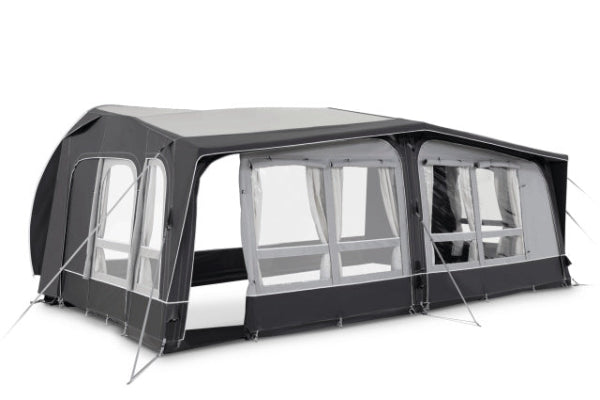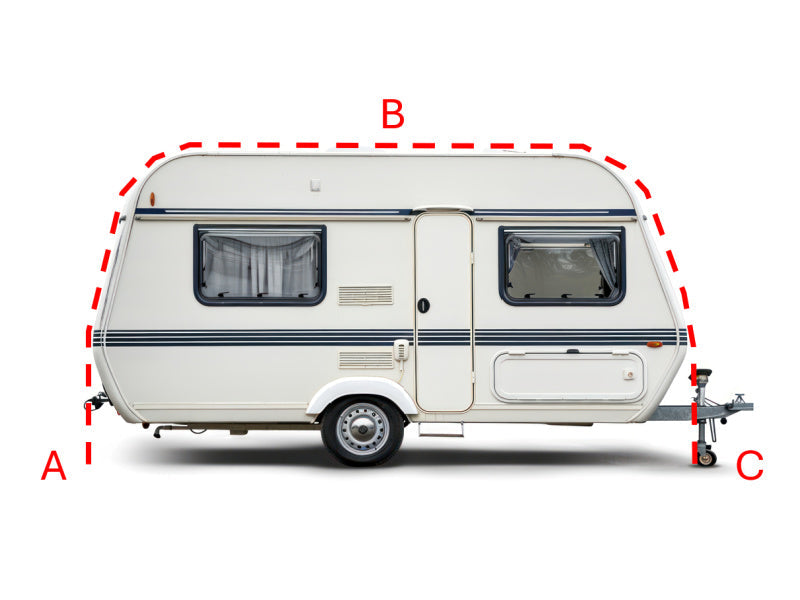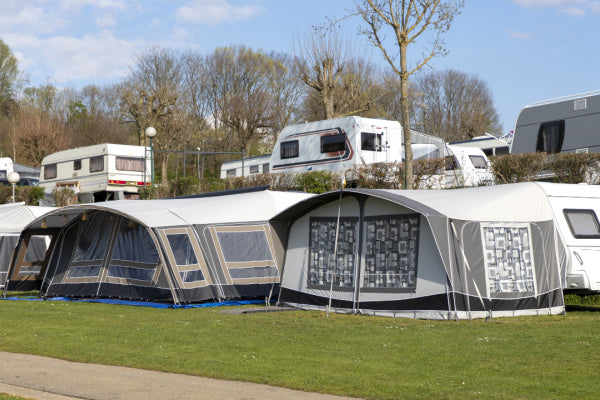How Long Does a Portable Power Station Last?
Ever packed for camping and wondered, “Will my Portable Power Station outlast my playlist?” Short answer: it depends—anywhere from 2 to 50+ hours, based on what you’re powering. Curious how phones sip power but fridges gulp it? Stick around—we’re plugging into all the juicy runtime secrets.
Unpacking Your Portable Power Station's Uptime: Runtime per Charge and Overall Lifespan
Portable power stations have become essential for camping trips, festivals, and emergency backup. They provide electricity wherever you are—no wall sockets needed.
But how long they last is a question many ask. The answer isn’t one-size-fits-all. It depends on battery size, what you're powering, and how efficiently you manage energy use.

Calculating Runtime: How Long Will It Power Your Devices on a Single Charge?
Understanding Key Factors: Battery Capacity (Watt-hours Explained) vs. Device Power Draw (Watts)
A portable power station is essentially a large rechargeable battery with multiple output ports. It includes an inverter, battery cells, and a user-friendly interface.
The battery’s capacity is measured in watt-hours (Wh)—which tells you how much energy it can store. The devices you plug in use power measured in watts (W). Together, these numbers determine how long your power station can run before needing a recharge.
If a power station has a 500Wh battery, it can theoretically power a 500W device for one hour. Or a 50W device for around ten hours. But efficiency and conditions can shift that number.
The Essential Runtime Formula: Capacity (Wh) × Efficiency / Device Power (W)
Here’s the simple calculation for estimating runtime:
Runtime (hours) = Battery Capacity (Wh) × Efficiency (typically around 0.85) ÷ Device Power (W)
This gives you a solid estimate for how long your device will stay powered. Bear in mind that actual results may vary, especially when running multiple devices.
Example Runtime Calculations for Common Devices (e.g., Phones, Laptops, Mini-Coolers)
Let’s break it down with typical devices:
-
Phone charger (5W): A 500Wh station could charge a phone around 85 times.
-
Laptop (50W): The same station may keep it running for 8–9 hours.
-
Mini fridge (100W): A 1000Wh unit might run it for just over 8 hours.
The larger the battery and the lower the watt draw, the longer you’ll get.

Real-world Variables Affecting Actual Hours (e.g., Temperature, Inverter Efficiency, Multiple Devices)
Real-life usage rarely matches perfect conditions.
Temperature extremes can reduce battery performance. Cold weather may slow discharge rates, while heat can degrade battery health over time.
Inverter inefficiency can also lead to energy loss, especially when using AC outputs. Charging multiple devices at once or powering high-demand gadgets further shortens runtime.
Some appliances also draw more power when first switched on, which affects the total.
Beyond a Single Charge: What Determines the Overall Lifespan (Years) of Your Power Station?
Battery Chemistry is Crucial: LiFePO₄ vs. Lithium-ion (Li-ion) and Expected Charge Cycles
Different battery types wear out at different rates. Most portable power stations use either Li-ion or LiFePO₄ batteries.
-
Lithium-ion: Typically lasts 500–800 full cycles.
-
LiFePO₄ (Lithium Iron Phosphate): Can exceed 2000 cycles and maintain capacity for longer.
While LiFePO₄ is heavier and often pricier, it’s a solid investment for long-term use.
Impact of Usage Habits: Depth of Discharge, Charging Practices, and Frequency of Use
How you use and charge your station plays a huge role in longevity.
Avoid letting the battery drop to 0%. Charging fully all the time isn’t ideal either—aim for around 60–80% when storing it. Light, regular use tends to keep battery cells healthier over time.
Stick to the manufacturer's charging guidelines and avoid letting it sit unused for months.
Environmental Factors and Proper Maintenance for Longevity
Power stations prefer mild conditions. Keep them away from moisture, excessive heat, and freezing temperatures.
When not in use, store them in a clean, dry place. Don’t leave them in a car boot on a hot day or out in the cold overnight. Regularly wiping down ports and checking for dust helps prevent wear and tear too.
Recognising Signs Your Power Station's Lifespan is Diminishing
Some clues that your unit might be nearing the end of its useful life include:
-
Shorter-than-usual runtimes
-
Slower charging speeds
-
Unusual heat or swelling
-
Flickering displays or power issues
Most modern stations have health indicators—don’t ignore them if things start to look off.
Maximising Every Hour: Tips to Extend Both Daily Runtime and Overall Lifespan
Strategies to Get More Hours from Each Charge (e.g., Using DC outputs, reducing load)
You can stretch each charge by:
-
Using DC outputs instead of AC when possible (less power loss)
-
Turning off or unplugging ports not in use
-
Avoiding high-wattage devices unless essential
-
Charging during the day if you're using solar panels
Simple power-saving steps can add hours to each charge.

Best Practices for Prolonging Your Power Station's Total Service Life (e.g., Correct storage, avoiding extreme temperatures)
For long-lasting performance:
-
Store it partially charged—between 40% and 80% is ideal
-
Keep it indoors, away from heat or freezing conditions
-
Use it at least every couple of months to prevent battery stagnation
-
Don’t overcharge or leave it plugged in indefinitely
These small efforts go a long way in preserving battery life.
Understanding Your Power Station's Display for Better Power Management
Most units come with a screen that shows:
-
Current watt usage
-
Remaining battery in % or Wh
-
Estimated time left based on current draw
By checking this regularly, you can spot waste, unplug unnecessary devices, and avoid surprises.
Other content you might like:
- Can You Run a TV Off a Portable Power Station?
- Can Portable Power Stations Be Used Indoors?
- Can Portable Solar Power Stations Work in Winter?
- Are Portable Power Stations Allowed on Planes?
- How Many Hours Will a Portable Power Station Last?
- How Long Can a Portable Power Station Run a TV?
- Can You Leave a Portable Power Station Plugged In All the Time?
- Will a 1000W Inverter Run a Refrigerator?
- What Can a 150W Portable Power Station Run?
- How Many Batteries Do I Need for a 1000W Inverter?





Leave a comment